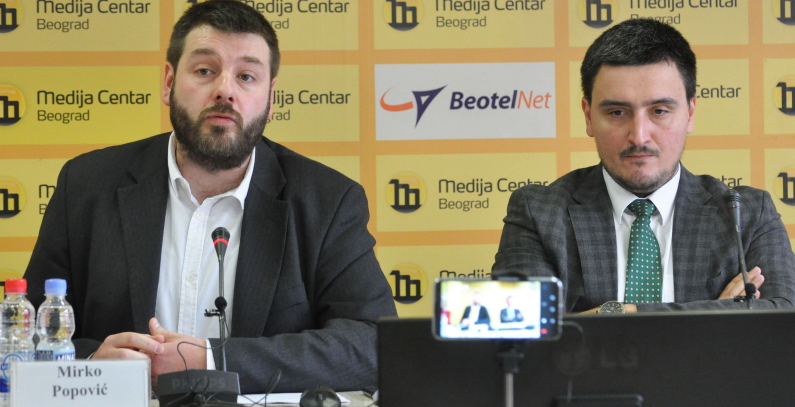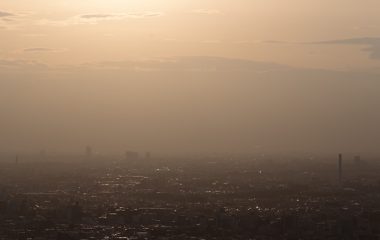
Foto: Medija centar Beograd
There are several inconsistencies with NERP, according to legal environmental organization RERI. Its representatives pointed to the document’s format and added it enables no enforcement framework nor the possibility of sanctions if the provisions aren’t met. They underscored Serbia omitted important points and that it is attempting to delay obligations taken on an international level with regard to emissions.
The Government of Serbia filed the recently adopted National Plan for the Reduction of the Main Pollutant Emissions from Old Large Combustion Plants as a so-called public policy document and an emergency measure against air pollution, and an upgraded one at that. The Renewables and Environmental Regulatory Institute or RERI argues the move was actually two years late and that the decision makers watered it down.
The said national emissions reduction plan or NERP is unworkable and a clumsy attempt at a hoax, according to the advocacy organization. Its top representatives Mirko Popović (pictured left) and Jovan Rajić (right) claimed at a press conference in Belgrade that the move included delays and the omission of important points.
Rules apply since 2018 regardless of NERP
They compared the official version with the one approved by the Energy Community and accused the cabinet of being irresponsible. It dared to describe the transition schedule as improved but it trivializes its obligations, Popović asserted. He noted the public was completely excluded from the process and that Serbia was nevertheless responsible on an international level to start implementing the rules more than two years ago.
The reference to the date was deleted from NERP. Back in October 2015, the Energy Community Ministerial Council set it at January 1, 2018, in line with the Large Combustion Plants Directive. The legal environmental organization pointed to the postponement of the deadline to install desulfurization systems in thermal power plant units TENT A3 and A4-A6 to 2022 – from 2020 and 2021, respectively.
Two deadlines for installing desulfurization systems were delayed by one and two years to 2022 in the final version
Moreover, the group’s analysts underscored Serbia chose a format that doesn’t include an enforcement framework nor the possibility of sanctions if the provisions on emissions aren’t met. NERP encompasses 12 large old combustion furnaces, mostly in coal-fired thermal power plants.
Measures were acknowledged by Environment Ministry
The Ministry of Environmental Protection officially informed the dominant and state-owned power producer Elektroprivreda Srbije (EPS) late in 2017 that the plan would come into force at the turn of the year, their communication revealed. Oil producer and refiner and fuel retailer NIS ad was the only other entity with facilities included in NERP.
RERI warned another review might prolong the deadlines further and suggested there were several procedural inconsistencies. Serbia adopted the emissions plan only after the Energy Community Secretariat triggered a dispute mechanism. It said nine out of 16 big combustion systems are breaching the limits from the directive.
The emissions of particular matter and greenhouse gases can either be capped in line with the general rule on an individual plant basis or within a national legal framework, the institution warned. Then, in the wake of the government’s subsequent reaction, the secretariat based in Vienna deemed it “essential – albeit in itself not sufficient.”


















Be the first one to comment on this article.